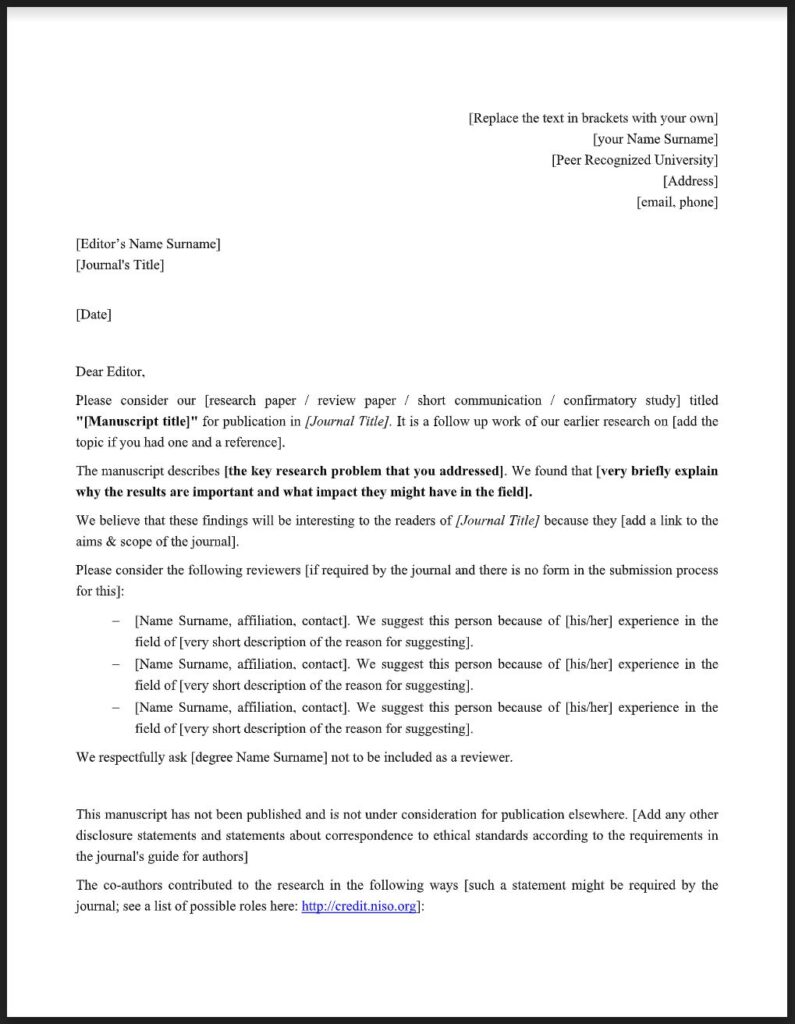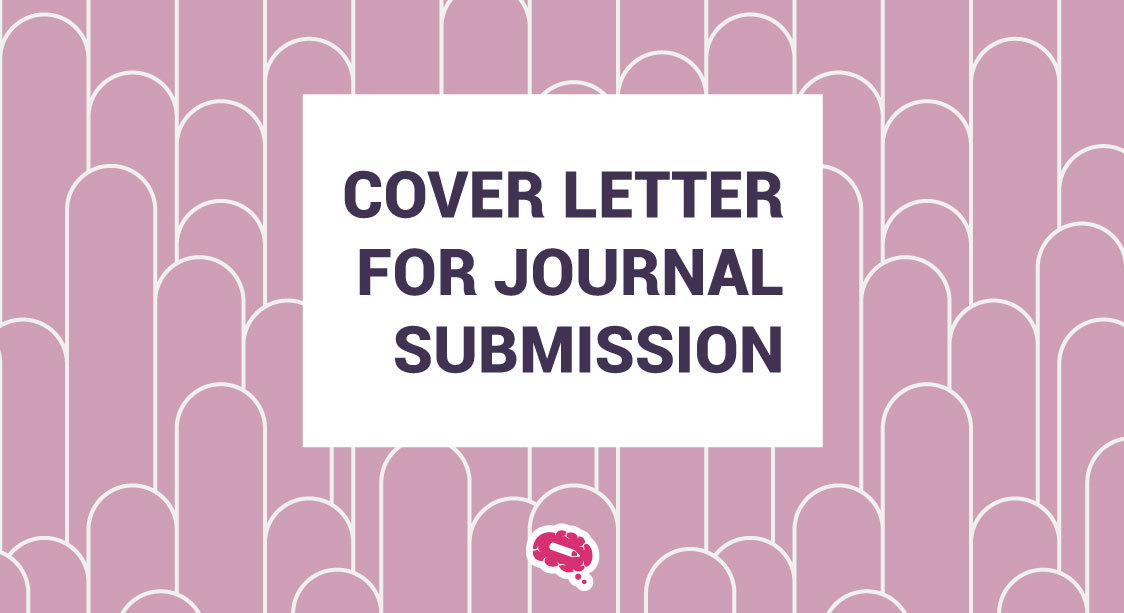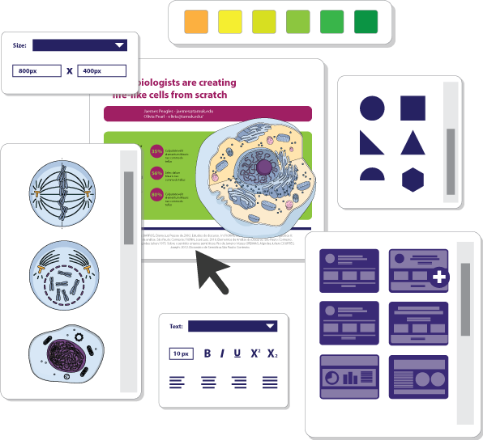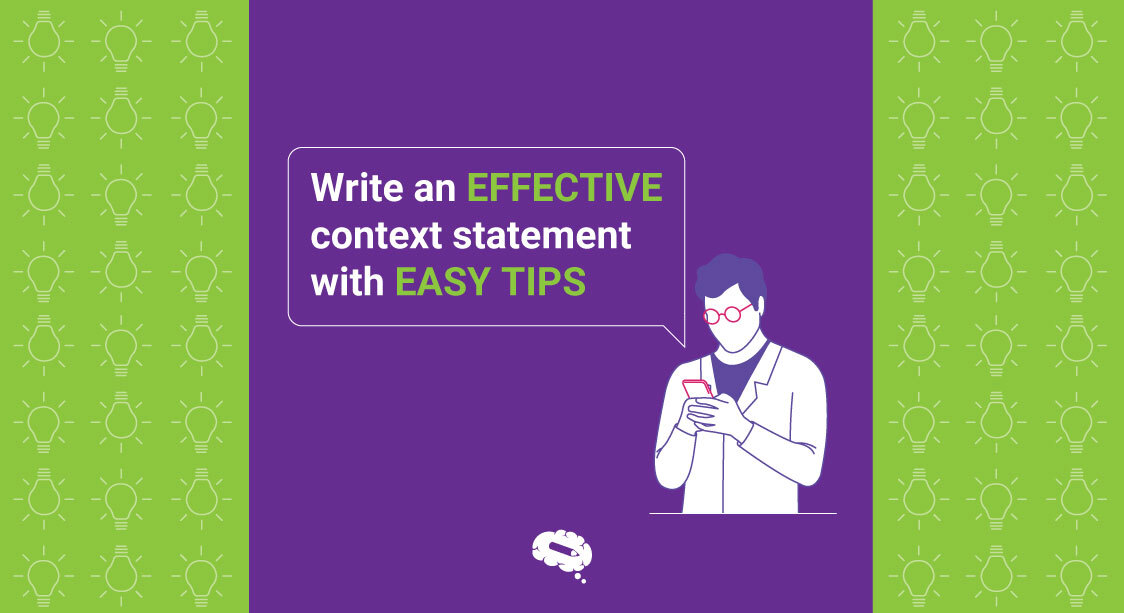When it comes to submitting a manuscript for publication in a journal, many authors focus solely on the quality of their research and the clarity of their writing. While these are important factors, it’s easy to overlook the role that a well-crafted cover letter can play in the submission process. A cover letter can be the key to getting your manuscript noticed by the editor and ultimately accepted for publication. In this article, we’ll explore the importance of a cover letter for journal submissions and provide tips for crafting an effective one.
What is a Cover Letter for Journal Submission?
A cover letter for journal submission is a document that accompanies a manuscript when it is submitted for publication in an academic or scientific journal. The purpose of the cover letter is to introduce the author and their work to the editor of the journal and to provide any additional information that may be relevant to the manuscript or the submission process. Furthermore, its purpose is to introduce the manuscript to the editor and provide additional information about the research and its significance. The cover letter should be concise and focused, typically no more than one page.
What Should be Included in the Cover Letter?
A cover letter should include several key elements to effectively introduce your manuscript. It’s important to personalize the letter for the specific journal, use a professional tone, and proofread carefully for errors. To make sure your cover letter is effective, there are several key elements that you should include:
Addressee’s Information and Date of Submission
Your cover letter should start with the date of submission, followed by the name and address of the editor or editorial staff who will be reviewing your manuscript. This information should be current and accurate to ensure your submission is directed to the right person.
Opening Salutation
The opening salutation of your cover letter should be professional and courteous, addressing the editor or editorial staff by name, starting with “Dear…”. Don´t forget to include the title and position of the editor you are addressing.
Purpose Statement and Administrative Information
Your cover letter should have a clear statement of the purpose of your research and the journal to which you are submitting your manuscript. You should also include any administrative information required by the journal, such as the type of manuscript (e.g. original research, review article, case report) and the number of words or pages.
Summary of Main Research Findings and Implications
One of the most important elements of your cover letter is a summary of the main findings and implications of your research. This summary should be concise and focused, highlighting the most important aspects of your research and why it is significant to the field.
Statements or Information Required by the Journal
Many journals require specific statements or information to be included in the cover letter. This may include a statement that the manuscript has not been previously published or is not under consideration for publication elsewhere, or a list of potential conflicts of interest or funding sources that may have influenced the research.
Previous Contact with the Journal
If you have had previous contact with the journal, such as submitting a previous manuscript or attending a conference sponsored by the journal, it is important to mention this in your cover letter. This information can help establish a connection between you and the editor, which may increase the chances of your manuscript being accepted.
Conflict of Interests and Financial Disclosures
It is important to disclose any potential conflicts of interest or financial disclosures that may have influenced the research. This information can help ensure transparency and maintain the integrity of the research.
Authorship
Your cover letter should include a statement indicating that all authors have read and approved the manuscript and that the work is original and not plagiarized. This information can help establish the credibility of the research and the integrity of the authorship.
Suggested Reviewers
Suggested Reviewers are generally considered a best practice and are often recommended by journals. Providing a list of suggested reviewers can help to ensure that the manuscript is reviewed by individuals who have the appropriate expertise and background to evaluate the work, and can help to speed up the review process by reducing the time needed for the editor to identify potential reviewers. This can help expedite the review process and increase the likelihood of your manuscript being accepted.
Concurrent/Duplicate Submissions
An important consideration when submitting a manuscript for publication is concurrent or duplicate submissions. Concurrent submissions occur when a manuscript is submitted to more than one journal at the same time. Duplicate submissions occur when a manuscript is submitted to the same journal more than once.
In the cover letter, you should clearly state whether the manuscript has been submitted elsewhere or whether it has been previously published. If the manuscript is under consideration elsewhere, you should provide the name of the journal and the date of submission. If the manuscript has been previously published, you should provide the citation for the publication.
Closing Salutation
When closing a cover letter for journal submission, it’s important to maintain a professional and courteous tone. A common closing salutation is “Sincerely,” followed by your name. However, some alternatives that are also appropriate include “Best regards,” “Thank you for your time and consideration,” or “Respectfully.” Whichever salutation you choose, make sure it matches the tone of your letter and conveys your appreciation for the editor’s consideration.

Request to Exclude Reviewers
A request to exclude reviewers is a common feature of a cover letter for journal submission, particularly in cases where the author has concerns about potential conflicts of interest or bias that could affect the review process.
When making a request to exclude reviewers, the author should provide a clear and concise explanation of the reasons for the request and should provide specific details about any potential conflicts of interest or concerns that they may have. It is also important to note that some journals may have specific guidelines or policies regarding requests to exclude reviewers, and authors should familiarize themselves with these guidelines before making a request.
In general, it is recommended that authors provide a minimum of three to five potential reviewers who are not affiliated with the author or their institution, in order to provide a broad range of expertise and perspectives. When making a request to exclude reviewers, it is also important to provide alternative suggestions for potential reviewers who could be considered in their place.
Tips for Writing a Journal Submission Cover Letter
A well-crafted cover letter can help your manuscript stand out and increase your chances of being accepted for publication. Here are some tips for writing an effective journal submission cover letter.
Proofread
One of the most important tips for writing a journal submission cover letter is to proofread it carefully. Typos, spelling errors, and grammatical mistakes can detract from the professional image you want to project. Make sure to read the letter multiple times and have someone else read it over as well to catch any errors you may have missed.
Keep the Cover Letter Brief
Another important tip is to keep the cover letter brief and to the point. The cover letter should provide a brief introduction of the manuscript and the key findings, as well as any other information that is necessary for the editor to understand the importance and relevance of the manuscript. The letter should be no more than one page in length.
Review Examples of Cover Letters
It can be helpful to review examples of cover letters for journal submissions to get an idea of the style, tone, and content that is appropriate. You can search for examples online or ask colleagues who have submitted manuscripts for publication for their advice. When reviewing examples, pay attention to the language used, the level of detail provided, and the overall organization and structure of the letter. This can help you craft a cover letter that is professional, informative, and effective.
Cover Letter Template for a Journal Article Submission
A cover letter is an important component of manuscript submission for publication in a journal. Using a template can help ensure that your cover letter includes all the necessary information and follows the proper format. Here is a guide to creating a cover letter template for a journal article submission.
Header
The header should include your contact information, including your name, affiliation, and contact details (address, phone number, and email address), the date of submission, and the name and address of the journal.
Opening Paragraph
The opening paragraph should provide a brief introduction to the manuscript and its key findings. This paragraph should also mention the purpose of the manuscript and why it is relevant to the journal’s readership. You may also want to mention any previous correspondence or contact with the journal.
Body Paragraphs
The body of the cover letter should include several paragraphs that provide more detail about the manuscript. This may include a summary of the methods used, key results and findings, and implications for future research. You may also want to mention any notable limitations or challenges encountered during the research process.
It is also important to address any specific requirements or requests from the journal, such as a particular format for tables or figures, or specific information to be included in the manuscript. You should also mention any funding sources or conflicts of interest that may be relevant.
Closing Paragraph
The closing paragraph should reiterate the significance of the manuscript and its contribution to the field. You may also want to mention any potential reviewers for the manuscript or suggest reviewers who would be appropriate. Finally, you should include a polite and professional closing, such as “Sincerely” or “Best regards”, followed by your name and signature.

Common Expressions for Cover Letters
When writing a cover letter for journal submission, it’s important to use appropriate and professional language. Here are some common expressions that can be used in cover letters:
“We are pleased to submit our manuscript…”
“The research reported in this manuscript addresses a significant gap in the literature…”
“We believe this manuscript will be of interest to your readership because…”
“Our findings have important implications for future research in this field.”
“We would like to thank the reviewers and editors for their time and consideration.”
“We look forward to hearing from you regarding the status of our manuscript.”
“Thank you for your time and consideration.”
These expressions can be used to convey important information in a professional and concise manner. When using these expressions, it’s important to tailor them to the specific journal and to make sure they are appropriate for the content of your cover letter.
Journal Submission Tips and Hacks from the Experts
Submitting a journal article can be a challenging and sometimes frustrating process. However, by following some tips and hacks from the experts, you can increase your chances of success. Here are some tips and hacks to help you submit your article to a journal:
Choose the Right Journal
Before submitting your article, make sure you choose the right journal. Consider factors such as the journal’s scope, readership, and impact factor. Make sure your article fits with the journal’s focus and aims.
Read the Guidelines
Read the journal’s submission guidelines carefully and follow them closely. Pay attention to formatting, length, and other requirements. Failure to follow the guidelines could result in your article being rejected without review.
Get Feedback
Before submitting your article, get feedback from colleagues or mentors. Ask them to read your manuscript and provide constructive criticism. This can help you identify potential weaknesses and improve the quality of your article.
Write a Strong Abstract
Your abstract is often the first thing that editors and reviewers will read. Make sure it is clear, concise, and provides a compelling summary of your article. Highlight the key findings and implications of your research.
Use Clear and Concise Language
Use clear and concise language when writing your article. Avoid jargon, technical terms, and complex language that could be difficult for readers to understand. Write in a way that is accessible to a broad audience.
Address Reviewer Comments
If your article is rejected or requires revisions, make sure you carefully address all reviewer comments. Be thorough and professional in your responses. This can increase your chances of acceptance in future rounds of review.
Keep Records
Keep records of all correspondence with the journal, including submission dates, reviewer comments, and decisions. This can help you stay organized and keep track of the progress of your article.
High Impact And Greater Visibility For Your Work
Mind the Graph is an innovative platform designed to help scientists create high-impact visuals and increase the visibility of their work. With its user-friendly interface, customizable templates, and vast library of scientific illustrations. Mind the Graph provides scientists with a powerful tool to help them communicate their research more effectively.

Subscribe to our newsletter
Exclusive high quality content about effective visual
communication in science.





